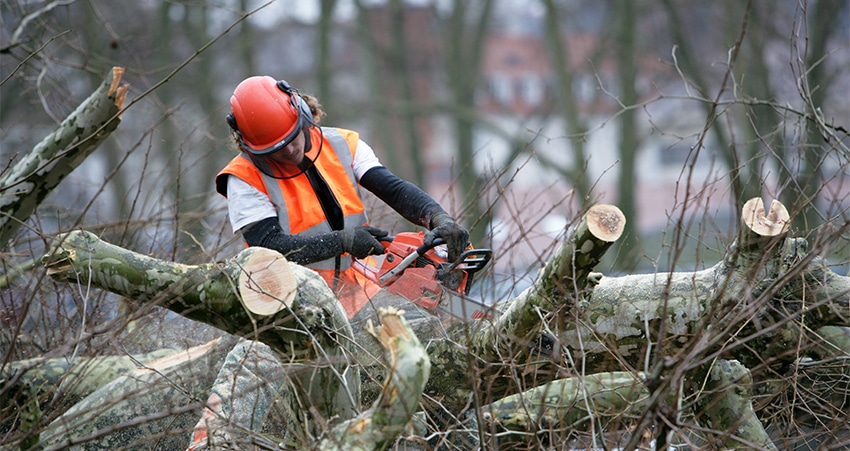Cutting down trees is not as simple as just hitting it away with an ax. There are specific techniques that should be followed in order to preserve the wood and ensure the safety of the people who are cutting down the trees.
In order to predict how the tree will fall, the cutter will need to determine the right type of cut to be used. There are three main types of positions that are used by top tree cutting companies like A-Cut for cutting of trees. They are Open-faced notch, conventional notch and Humboldt notch.

Image Source: Google
Open-Faced Notch
Open-faced notch is ideal for trees that require a high degree of accuracy. If the individual is cut in a tight spot, where accuracy is critical, open-faced position is the safest position for use. In this position, a large, side V cut into the side of a tree. This is a heavy slant position.
Conventional Notch
Conventional notch named as such because it is the most common type of equalizer used. This is the preferred method among loggers and specialists elimination of trees for fast and safe at the same time. In this position, the top is cut in on a corner, while the bottom of the cut is horizontal.
Humboldt Notch
Humboldt notch is another common position when cutting trees. In this position, the top cut is made horizontally, while the bottom of the sign at an angle to the top. In this position, slamming over the stump may be larger, so it is not ideal for leaning trees.
